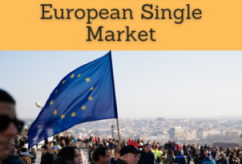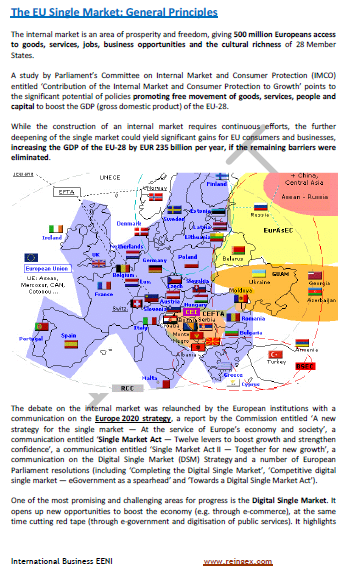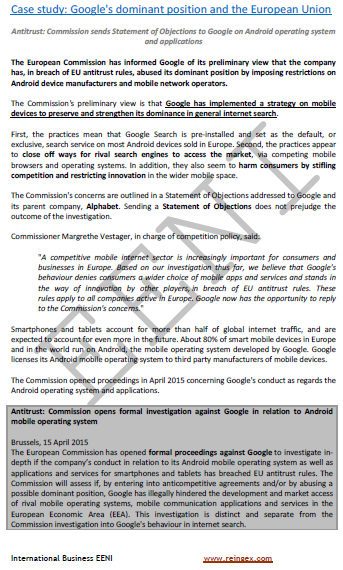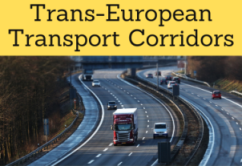European Single Market (Free movement)

Free movement of people, services, capitals and goods (European Single Market)
- Introduction to the Single Market of the EU
- General principles of the European Single Market
- Role of the European Parliament in the single market realization
- Free movement of goods
- Free movement of workers
- Freedom of establishment and freedom to provide services
- Mutual recognition of diplomas
- Free movement of capital
- Competition policy and the European Single Market
- Study cases:
- Google's Dominant position according to the EU
- Orange acquisition of Jazztel
- Public procurement
- Company law
- Intellectual, industrial and commercial property
- Consumer Protection. The new EU Consumer Policy
- European System of Financial Supervision (ESFS). Financial services
- INTRASTAT system: external trade statistics between the countries of the EU
The objectives of the subject “European Single Market (EU)” are the following:
- To understand the functioning of the European Single Market (EU)
- To analyze the principles of free movement of people, services, capitals and goods within the European Single Market
- To understand the Competition Policy within the single market

The Subject “European Single Market (EU)” belongs to the following Online Programs taught by EENI Global Business School:
Doctorate: European Business, World Trade.
Masters: International Business, Foreign Trade.

Languages:  or
or  Mercado Unico UE
Mercado Unico UE  Marché unique de l’UE
Marché unique de l’UE  Mercado único da UE.
Mercado único da UE.
See also:
Masters adapted for  EU Students.
EU Students.
One of the greatest achievements of the EU has been the completion of the single market. In the European Single Market (EU) there are no internal borders and therefore applies the principle of free movement of people, services, capital and goods.
Sample - European Single Market (EU):

The creation of the European Single Market has entailed profound structural changes in the economies of the EU member states: monopolies and Technical Barriers to Trade elimination, Market liberalization... The EU has issued a number of rules that the member countries have had to incorporate into their native legislation.
- The European Single Market has eliminated the customs duties and quantitative restrictions
- The EU single market has allowed in 10 years that the EU-trade increase by 15% annually
- Thanks to the European Single Market, 2.5 million jobs have been created
- The EU estimates that if the existing barriers to the single market were removed, the GDP of the twenty-eight-member would increase by 235 billion euros
- The completion of the single market has not yet been achieved. The Europe 2020 strategy is key to the European Single Market development
All the countries of the EU are members of the European Single Market (EU).
The European Single Market (EU) belongs to the European Economic Area (Western Civilization).



(c) EENI Global Business School (1995-2024)
We do not use cookies
Top of this page



